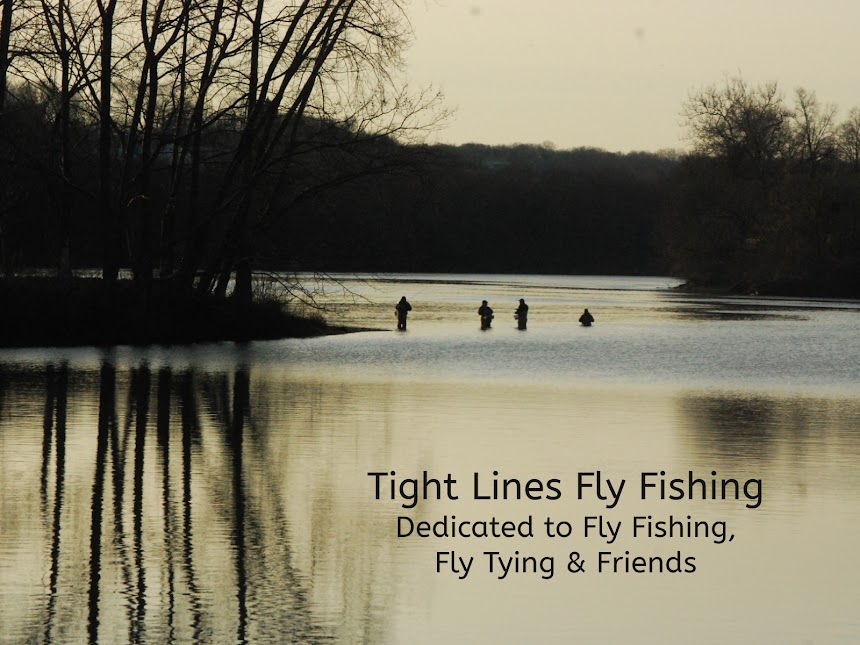Backflop Jig Streamer
Hook: Hanak 400 Black Jig
Hook Size #8.
Bead: Tungsten 3.8 Silver
mm Bead.
Lead Wire: .025 Lead Wire.
Tail: Black Pine Squirrel Zonker Strip.
Body: Black Pine Squirrel Zonker Strip & Hareline Medium UV
Polar Cheniele.
Hackle: Hen Saddle.
Collar: Hareline Ice Dubbing UV Black.
This fly was developed by Devin Olsen of the Tactical Fly Fisher. The past few years I've loved tying small streamers with Pine Squirrel. The Pine Squirrel makes it possible to tie up smaller patterns. I've caught a lot of fish on them. What I also like about these small streamers is that they are on a jig hook, sink deep, and can be fished using Euro-nymphing techniques. No need to change my leader and they can be fished in tandem with a nymph. It's also an easy fly to tie.
To tie this fly begin by placing the bead on your hook. Next, make 8-10 wraps of your lead wire and pin
it tightly behind your bead. You may
apply some super glue before or after you apply the wire. Start your thread at the bend of the
hook. Butt it up against your wire. Then wrap down your wire to the bead and back
to the bend of the hook. You are now
going to prepare your Pine Squirrel Tail.
To do this wet the fibers of the Pine Squirrel. This will make it easier to manage and work
with the tail. Your tail should be
approximately 3-4 times the length of the hook shank. The Butt (front) end of the Pine Squirrel
should also be long enough to create a wrapped body. Stroke half the Pine
Squirrel Fibers forward and the rest rearward at create and expose a ‘tie in’
point. Affix it to the hook shank using
multiple thread wraps. You also want to take
some wraps around the Pine Squirrel similar to the technique of creating a
parachute post. This will help the tail from fouling. Once you complete this step, pull the butt
end of the Pine Squirrel strip back along the tail.
At the tie in point, you are going to affix your UV Polar Chenille. Now bring your thread up behind the
bead. Lift the Pine Squirrel and Chenille
above the hook shank and stroke the fibers rearward. Wrap both together toward the bead, still
stroking the fibers back as you do this.
Tie it off behind the bead, leaving a little space for your Hackle &
Ice Dub collar. Trim the butt end. Tie in your Black Hen Saddle and take 2-3
turns of the Hackle. Tie it off and cut
off the butt end. Dub a noddle of Black
UV Ice Dub. Make 2-3 turns behind the
bead. Whip finish and apply your cement
or adhesive of choice.
The Tactical Fly Fisherman has a great instructional video on how to tie this fly below:
If you have any questions about this fly or would like to submit a Fly of The Month I can be reached at pdinice@frontier.com .




